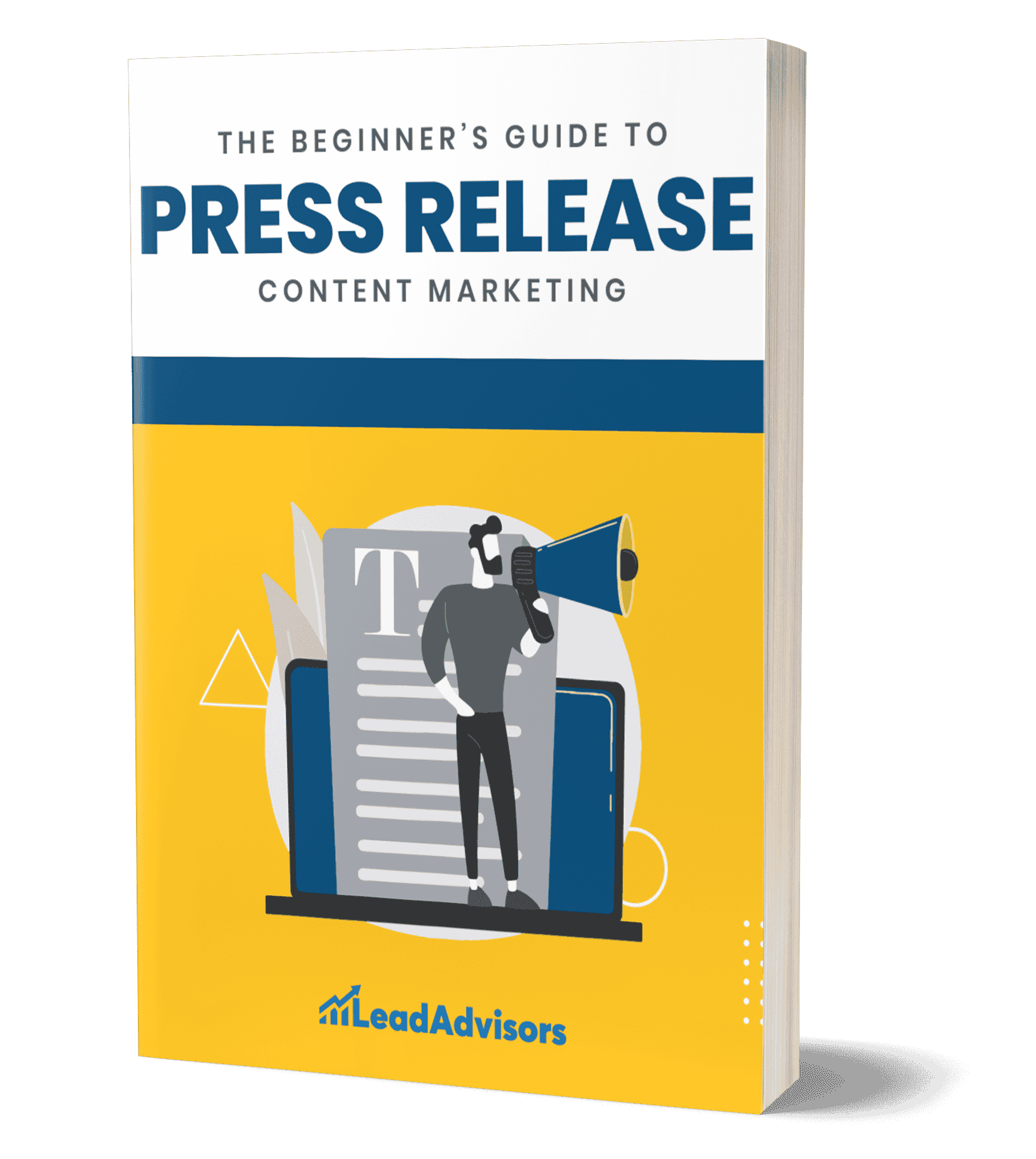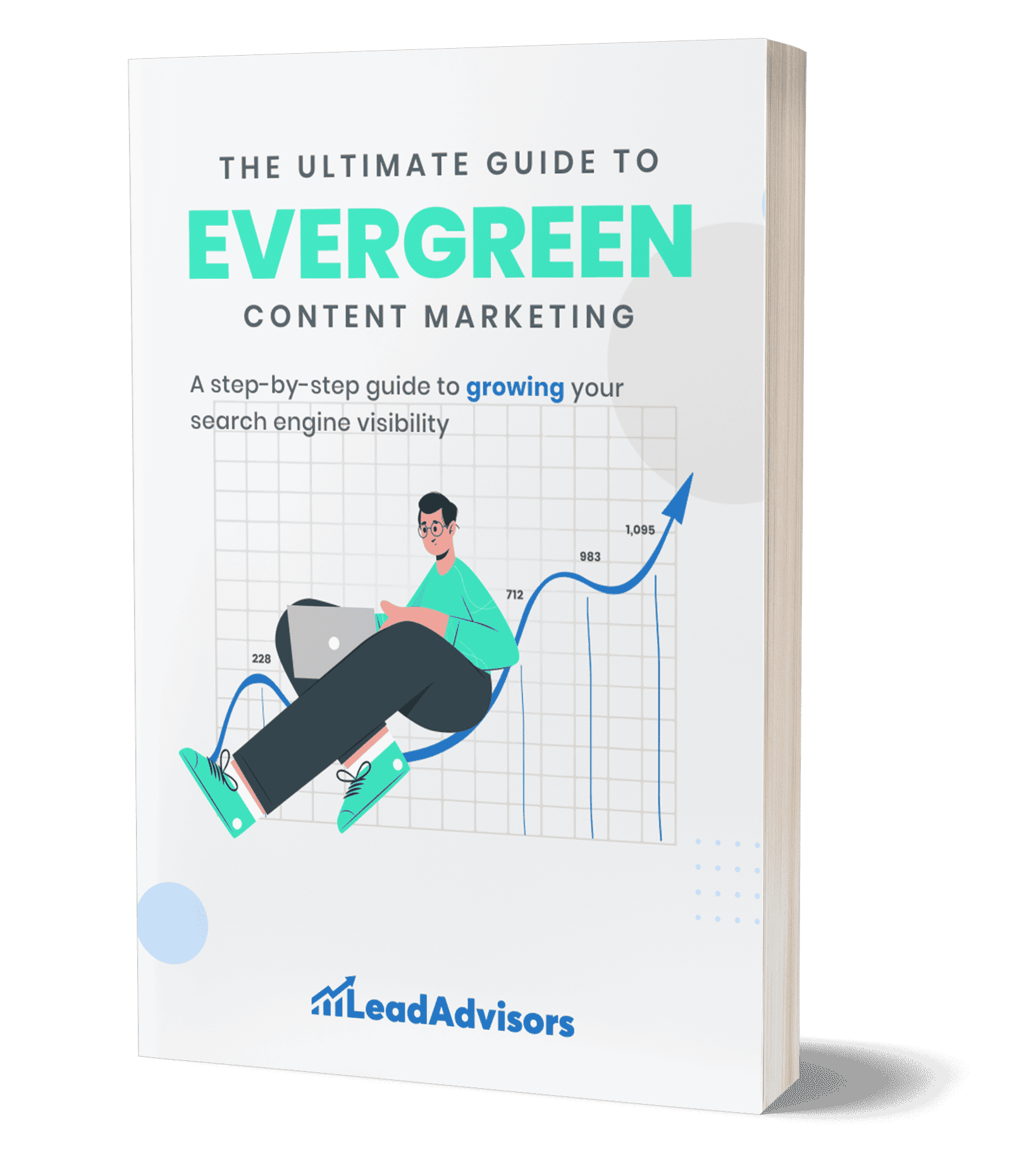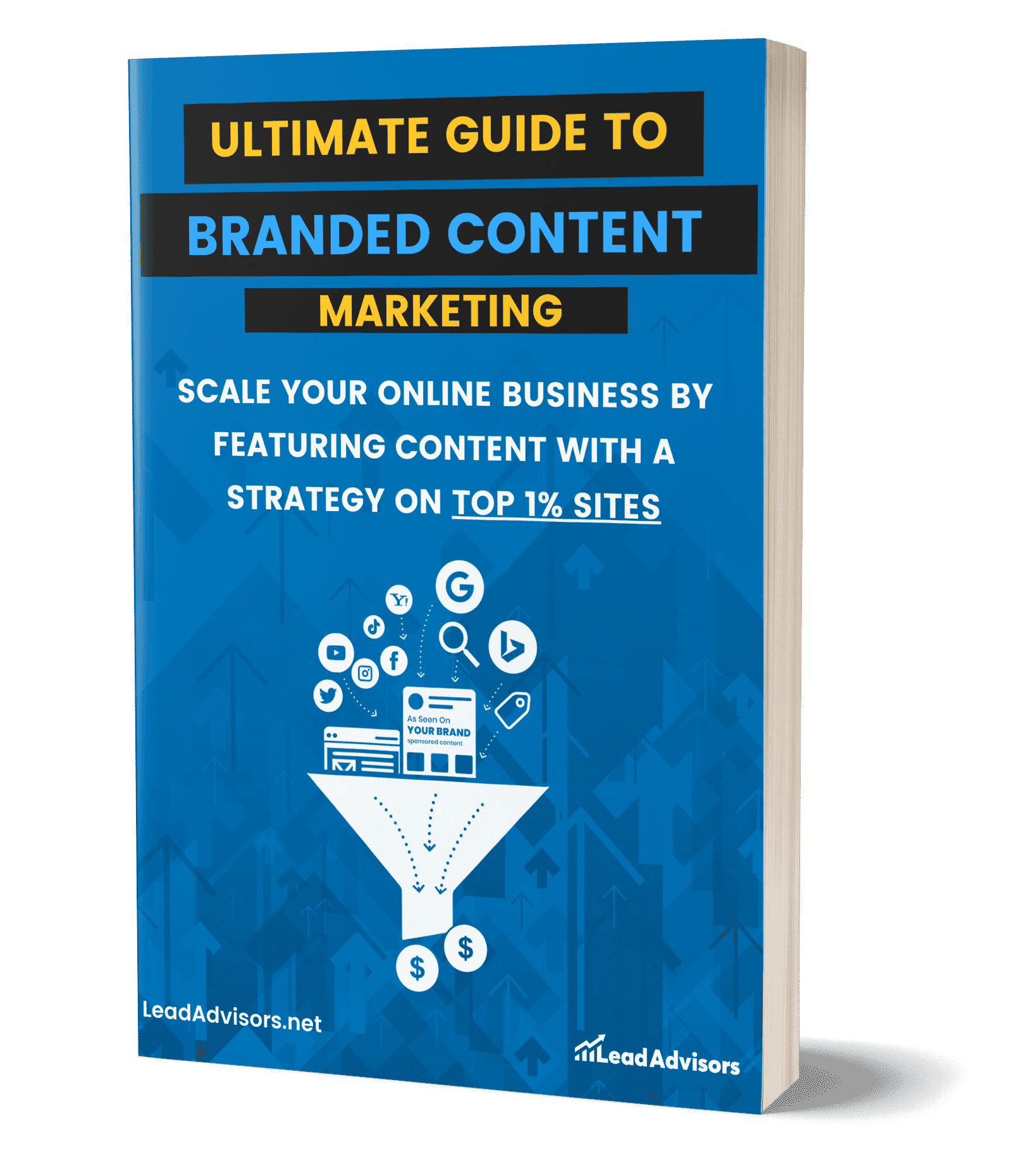Keyword research 101 is a fundamental aspect of SEO that involves identifying and analyzing the search terms that people enter into search engines. It is crucial for creating cornerstone content, developing engaging short-form content, and effectively utilizing content syndication.
By understanding the keywords your target audience uses, you can drive targeted traffic to your website, improve search engine rankings, and enhance your overall digital marketing efforts. This guide will cover the essentials of keyword research, its importance, and how to implement it successfully.
What Is Keyword Research?
Keyword research refers to the process of finding and analyzing search terms that people enter into search engines with the goal of using that data for a specific purpose, such as configuring websites, writing content, etc. It means getting more specific in terms of the targeted keywords that fit your audience and content.
Further, it informs you of how often certain search phrases are searched, their popularity, and the level of competition around each keyword. As a result, this is an important step to increase the search engine ranking of your content and generate more targeted traffic on your website.
Keyword Research 101: Why It Matters
The reason keyword research is important because it helps you find out what your target audience will be searching for. You craft content that fulfills these needs and interests by zeroing in on targeted keywords. It helps you with your website’s SEO so that more people can find it, which, in turn, increases organic traffic.
This results in more engagements and better user experience, leading to an increase in conversion for your business.
Effect on the Search Engine Rankings
Keyword research significantly impacts search engine rankings by guiding content optimization. Properly targeted keywords help search engines understand your content’s relevance to user queries.
Additionally, using high-volume, low-competition keywords can improve your chances of ranking higher. Consequently, this leads to increased visibility, more organic traffic, and better overall SEO performance.
Understanding User Intent
User intent involves analyzing the reasons behind a user’s search query. It helps you determine whether the user is looking for information, making a purchase, or seeking a specific website.
Additionally, aligning your content with user intent ensures you effectively meet their needs. This improves user satisfaction, boosts engagement, and enhances your search engine rankings.
Driving Targeted Traffic with Keyword Research
Keyword research drives targeted traffic by identifying the search terms your ideal audience uses. By optimizing your content for these keywords, you attract visitors who are genuinely interested in your offerings.
Additionally, targeted traffic is more likely to convert into leads or sales. Consequently, focusing on relevant keywords increases engagement, improves user experience, and boosts your overall business performance.
Keyword Research 101: Types of Keywords
Understanding the various types of keywords is a fundamental aspect of keyword research 101. Different types of keywords serve unique purposes in SEO and content strategy.
Exploring these keyword types can significantly impact your SEO efforts and content marketing success.
Short-Tail Keywords
Short-tail keywords are general terms with one or two words, such as “shoes” and “marketing.” They are usually high-search-volume terms, which means competition is fierce.
Moreover, these keywords are high in volume but have lower conversion due to a lack of precision. Consequently, while they can drive substantial traffic, targeting them effectively requires strong SEO strategies and extensive resources.
Long-Tail Keywords
These usually occur in the form of specific search phrases consisting of three or more words, like “best running shoes for women” or “digital marketing strategies for small businesses.” These have lower search volumes but are less competitive and more targeted.
These keywords attract users with clear intent, often resulting in higher conversion rates when paired with smart keyword placement. Consequently, focusing on long-tail keywords can drive highly relevant traffic and improve overall SEO effectiveness.
LSI Keywords
LSI (Latent Semantic Indexing) keywords are words or phrases related to the main keyword, which help search engines like Google better understand your content.
For illustration, with the keyword “apple pie recipe,” LSI keywords can be “ingredients,” baking tips,” and” homespun.” These keywords, in turn, make content more relevant and easier to find.
Therefore, using LSI keywords will improve your SEO by helping search engines form a more complete, overall perspective of what you are talking about.
Geo-Targeted Keywords
Geo-targeted keywords relate to the location-specific terms that you are targeting in an effort to attract local viewers. This could take the form of “plumbers near me” or “greatest Italian cafe in 32068”.
They are the building blocks for local SEO, which is what helps push your business up in relevant local searches. They also bring focused local traffic that is actually looking to buy products/services.
As a result, local optimizations through geo-targeted keywords can help you improve brand visibility in your region and ultimately drive more foot traffic/conversions.
Transactional Keywords
Transactional keywords show a user’s intent to purchase or take action. Some include terms like “buy,” “discount,” or “deal,” while others are simple, such as “coupon” and the product name (e.g., free essays). Such terms require high conversion efforts, which result in more sales and revenue.
Targeting transactional keywords can raise conversion rates on your website and increase the ROI of all marketing.
Informational Keywords
Informational keywords are used when users seek knowledge or answers to specific questions.
Examples include phrases like “how to,” “benefits of,” “what is,” and “tips for,” such as “how to start a blog” or “benefits of meditation.” These keywords attract users at the research stage, offering opportunities to educate and engage your audience.
Consequently, targeting informational keywords helps build trust, authority, and long-term relationships with potential customers.
Branded Keywords
Branded keywords include terms that feature a specific brand name or variations of it, such as “Nike running shoes” or “Apple iPhone accessories.” These keywords attract users already familiar with or specifically seeking a particular brand.
Additionally, branded keywords help protect your brand’s search presence and capture high-intent traffic. Consequently, focusing on branded keywords can enhance brand loyalty, drive targeted traffic, and increase conversion rates.
Keyword Research 101: How to Do It
In keyword research 101, mastering the process of keyword research is essential for effective SEO and content strategy. This section will guide you through the essential steps to conduct thorough and effective keyword research.
Brainstorm Seed Keywords
To come up with seed keywords, think of some basic ideas related to your business or industry and get specific about the language used in this niche. Do in-depth research on competitors to find the high-ranked keywords, and also use customer input from feedback and surveys.
Use Keyword Research Tools
Using keyword research tools is essential for identifying the most effective keywords to target.
- Google Keyword Planner provides keyword ideas and search volume data, helping you gauge popularity.
- SEMrush offers in-depth keyword analysis and competitor insights, revealing keyword gaps and ranking opportunities.
- Ahrefs helps discover keywords, analyze their difficulty, and understand their potential impact.
These tools collectively provide valuable data to enhance your keyword strategy and optimize your content for better search engine performance.
Analyze Keyword Metrics
Keyword metrics can take many different aspects into account when examining a keyword to determine if it could be useful and efficient. Key metrics include:
Search volume
Search volume is a metric that indicates the number of times a particular keyword or phrase is searched for within a specific period, typically measured monthly. Higher search volumes suggest that more users are interested in a topic, making it a valuable keyword to consider for driving traffic.
Conversely, keywords with lower search volumes might indicate niche topics with less competition, which can still be valuable depending on the business goals.
Keyword Difficulty
Keyword difficulty is a metric that estimates how challenging it will be to rank for a specific keyword in search engine results. This metric takes into account various factors, such as the number of competing websites, the quality and authority of those sites, and their backlink profiles.
Higher keyword difficulty scores indicate that a keyword is more competitive, often requiring more effort, high-quality content, and robust SEO strategies to achieve a top ranking. Conversely, lower keyword difficulty scores suggest less competition, making it easier for your content to rank well.
Understanding keyword difficulty helps in selecting the right balance of keywords, allowing you to target terms that are attainable yet beneficial for driving traffic and improving search engine visibility.
Cost Per Click (CPC)
Cost Per Click (CPC) is a metric that indicates the amount advertisers pay each time a user clicks on their online ad. This metric is crucial in pay-per-click (PPC) advertising campaigns, as it helps businesses manage their advertising budgets and assess the cost-effectiveness of their campaigns.
CPC is determined by factors such as the competitiveness of the keyword, the quality and relevance of the ad, and the overall bidding strategy. Lower CPCs can lead to more cost-efficient campaigns, while higher CPCs may require careful budget management and optimization to ensure a good return on investment.
Understanding CPC enables advertisers to make informed decisions about keyword selection and ad spending.
Click-Through Rate (CTR)
Click-through rate (CTR) is a metric that measures the percentage of users who click on a specific link or advertisement out of the total number of users who viewed it. It is calculated by dividing the number of clicks by the number of impressions and multiplying by 100 to express it as a percentage.
CTR is a crucial indicator of how effective your ad, email, or webpage is in capturing the audience’s attention and enticing them to take action. A higher CTR indicates that your content is engaging and relevant to the audience, while a lower CTR suggests a need for optimization.
Conversion Rate
Conversion rate is a metric that measures the percentage of users who complete a desired action after clicking on a link, ad, or visiting a webpage. This action could be making a purchase, signing up for a newsletter, filling out a form, or any other goal that aligns with your business objectives.
Conversion rate is calculated by dividing the number of conversions by the total number of visitors and multiplying by 100 to get a percentage. A higher conversion rate indicates that your content, design, and overall user experience are effective in driving desired actions, while a lower conversion rate may signal areas for improvement.
Understand User Intent
Understanding user intent involves recognizing the underlying purpose behind a user’s search query. User intent can generally be categorized into three types: informational, navigational, and transactional. Informational intent is when users seek knowledge or answers to specific questions, such as “how to train a dog.”
Navigational intent occurs when users aim to reach a specific website or page, like “Facebook login.” Transactional intent involves users looking to make a purchase or complete a specific action, such as “buy iPhone 12.”
By identifying and aligning your content with these intents, you can create more relevant and engaging experiences, which improve user satisfaction, boost engagement, and enhance your search engine rankings.
Create a Keyword List
Creating a keyword list involves several steps to ensure relevance and effectiveness. Once you’ve gathered ideas from tools and competitors, organizing them through a structured keyword mapping process helps build a more effective content strategy.
Consider user intent to include a mix of informational, navigational, and transactional keywords. Prioritize keywords based on relevance, search volume, and competition, and organize them into clusters for focused content creation.
This approach helps enhance your content strategy and boost SEO performance.
Use Keywords in Your Content
Inserting keywords strategically in your content to help with SEO and readability. For one, use your primary keyword in the title, meta description, and URL so that you properly signal relevance to search engines.
Naturally, integrate keywords within the 100 words of your content in a way that makes sense. In order to prevent keyword stuffing, you need to use variations and related terms of the keywords. This will also help maintain a good flow.
Because of this, your content will have a better chance of ranking, being more visible on search engines, and engaging users.
Keyword Research 101: Mistakes to Avoid
In keyword research 101, understanding common mistakes to avoid is crucial for effective SEO and content strategy. Even minor errors in keyword research can lead to missed opportunities and reduced search engine performance. This section will highlight typical pitfalls.
Ignoring Long-Tail Keywords
Ignoring long-tail keywords can limit your SEO effectiveness and cause you to miss out on valuable traffic. Long-tail keywords are specific phrases with lower search volumes but higher conversion rates. By neglecting them, you overlook opportunities to attract targeted and ready-to-convert users.
Additionally, focusing only on broad, highly competitive keywords makes it harder to rank well in search results. Consequently, incorporating long-tail keywords into your strategy helps drive relevant traffic, improve user engagement, and increase conversions.
Not Considering Search Intent
Failure to consider search intent can really damage your SEO and content efforts. Intent is the reason someone has to track down a specific piece of information or query, like a search engine for some locations, place-name features, and plot queries, to be recognized as well.
Failure to do so can result in content that fails users and, therefore, experiences high bounce rates and low engagement. Note that search engines favor content that satisfies the user intent, so by eliminating this variable from your equation, you can only damage yourself.
Ignoring Rival Research
Neglecting competitive analysis can undermine your keyword strategy and, consequently, your overall SEO initiative. Analyzing your competitors helps you determine the keywords they are ranking for and discover strengths/ weaknesses in their strategy that leave gaps or opportunities for you.
Competitor analysis also reveals missed opportunities, which you can uncover by running a thorough content gap analysis.
Keyword Research 101: Why Is It Important
In keyword research 101, understanding the importance of thorough keyword research is paramount. Good keyword research lays the foundation for successful SEO and content strategies. The benefits of doing proper keyword research include:
Enhances Search Engine Rankings
Effective keyword research helps identify terms that your target audience is searching for, allowing you to optimize your content accordingly. This increases the chances of your website ranking higher in search engine results pages (SERPs), driving more organic traffic to your site. Higher rankings lead to greater visibility and credibility.
Drives Targeted Traffic
By focusing on relevant keywords, you attract visitors who are specifically interested in your products or services. This targeted traffic is more likely to convert into leads or customers, improving your overall conversion rates. Understanding user intent behind keywords ensures your content meets their needs.
Improves Content Relevance
Solid keyword research ensures your topics stay aligned with audience interests and directly supports a smoother content production process. This relevance increases user engagement, as visitors find your content helpful and informative. It also helps you stay ahead of competitors by addressing current trends and user queries effectively.
Maximizes Marketing ROI
Investing time in thorough keyword research can maximize the return on investment (ROI) of your marketing efforts. By targeting the right keywords, you can reduce wasted spend on ineffective keywords and focus resources on those that generate the most value. This strategic approach enhances the efficiency and effectiveness of your SEO and content marketing strategies.
Supports Long-Term Strategy
Effective keyword research is not just about immediate gains but also about long-term success. It helps you build a robust content strategy that adapts to changing search trends and user behaviors. Regularly updating and refining your keyword strategy ensures sustained growth and continuous improvement in your online presence.
Frequently Asked Questions
How often should I update my keyword research?
What’s the difference between keyword research for SEO and PPC campaigns?
Can keyword research help with voice search optimization?
Do keywords still matter with Google’s AI-driven search updates?
What tools are best for beginners in keyword research?
Conclusion
Keyword research 101 is fundamental for any successful SEO and digital marketing strategy. By understanding and effectively implementing keyword research, you can enhance search engine rankings, drive targeted traffic, improve content relevance, maximize marketing ROI, and support long-term growth.
Beyond keyword research, building authority with approaches like guest blogging can amplify visibility and strengthen SEO results. For expert assistance in optimizing your keyword strategy and boosting your online presence, consider partnering with LeadAdvisors, a leader in SEO and content marketing solutions.
















